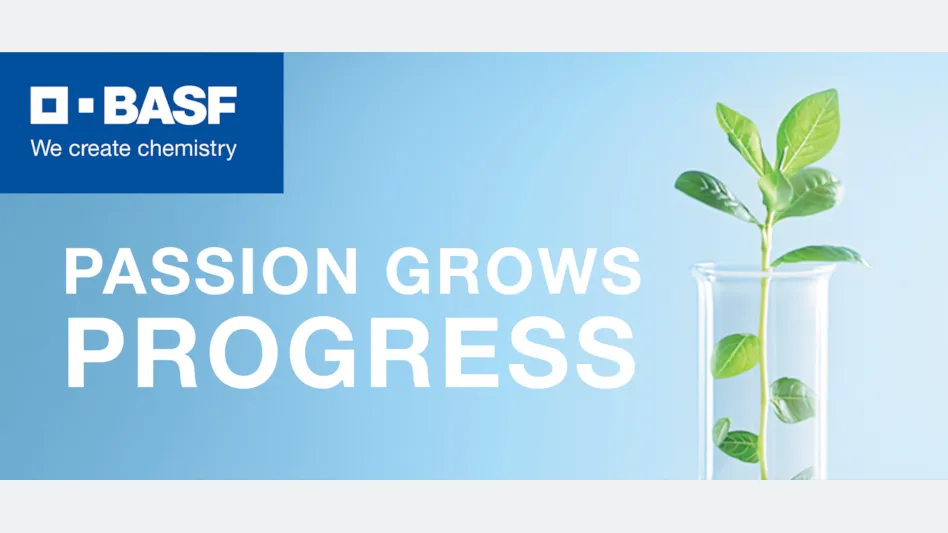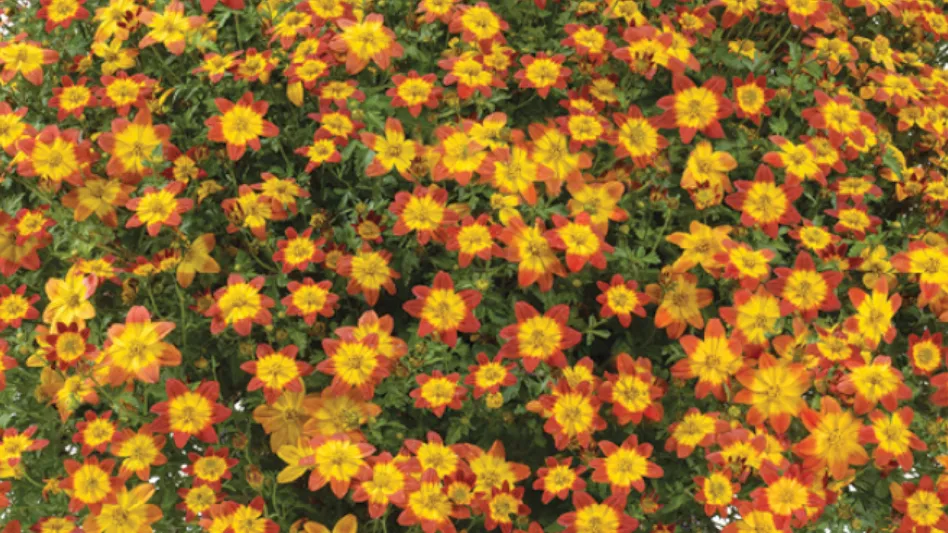

Better yields, better quality, lower cost. That’s what we’re all looking for when it comes to crop production and bottom line revenue. The same is true when it comes to lighting technology for greenhouse-grown produce. We want lighting that’s going to help us grow bigger and better faster — but it needs to provide the best outputs at the lowest cost and energy use possible.
The market has been flooded over the last few years with LED technology and lamp options that provide new opportunities to ramp up your output and business. For a minute there, it seemed like LED tech options were only going to keep getting cheaper and more plentiful. Bush- and Obama-era energy efficiency standards aimed at phasing out inefficient bulbs, such as incandescent-standards that were set to go into effect Jan. 1, 2020, sent investors into the LED market and drove innovation.
However, in September 2019, the Trump administration announced it would roll back these efficiency standards — a step which could slow the demand for LEDs in the overall market and the investment and innovation into building better and more efficient horticultural lighting. Hopefully that will not be the case, but there are concerns the move may slow LED cost reduction and hinder scalability for indoor farmers.
Several states are currently fighting the rollback, and as of February, the National Resource Defense Council, along with coalition partners, filed two lawsuits challenging decisions by the U.S. Department of Energy related to this issue. So, keep your eyes peeled.
Potentially unfavorable deregulation aside, the mad dash by many new investors to get into the legal cannabis growing market seems to continue to be a big driver for a lot of horticultural lighting innovation. But eventually, I suspect we’ll see a lot more tomatoes being grown under lights than cannabis.
There’s no doubt, given current population trends and limitations on productive farmland (and clean water), that localized CEA and greenhouse food production are a must. While CEAs have seen big growth the last few years, trends do seem to be shifting towards more greenhouse production. Growers want to harness as much natural sunlight as possible — saving on energy costs — using supplemental artificial lighting to boost production or push them over the finish line faster.

While lettuces and baby greens are well suited to tightly stacked enclosed systems, tomatoes, many herbs and other important produce crops are not. Greenhouse production, with more open vertical growing systems, are simply more realistic for many crops. Given the vertical nature of the future of greenhouse food production, there’s also a shift away from measuring yield success by square meters or feet, towards cubic meters or feet. Given these pivots, greenhouse technology, especially in the HVAC arena, needs to advance right along with horticultural lighting. Optimizing all of your greenhouse facilities is a top priority.
Intercanopy light supplementation for vertical production and adjustable illumination in LED rigs have been leading trends in application innovation. Yet, it’s not all about LEDs all the time. Recent research by Phillips touts hybrid lighting systems for tomato production, blending LED and HPS configurations. Whatever your opinion on LED versus HPS, growers forging ahead with lighting investments also need good standardized data on exactly which lamps, at what output and spectrum mix, will best grow the most sustainable and profitable form of a given crop. Chances are, there may be many different LED lamps, or other HID options, and configurations that will work for you in one way or another. But without firm standards in place, it can be challenging to easily compare different lamps on the market.
Luckily, trends in horticultural LED lighting are moving towards deeper and more meaningful research into exactly how to light specific crops for efficiency, the very best product and profitability. Not only that, but we’re also seeing more research on how to manipulate produce flavor, color and nutrition with specific lighting regimens or spectrums.
See the recent research released by Fluence and Döhler that explores how lighting affects both flavor and smell of greenhouse grown basil. You can check out their case study with Peace Tree Farm here. Fluence also recently released new data on boosting greenhouse tomato yields with their LEDs. At Phillips’ GrowWise Center, a lot of energy is going into researched “grow recipes” of lighting regimens for specific produce crop quality and harvest goals.
And of course, you can always look to my alma mater, Michigan State University, along with Cornell University, Colorado State University, University of Georgia, North Carolina State University, and Utah State University (I’m sure I’m leaving some out) for the latest cutting edge lighting research for edible and floriculture crops.

Explore the April 2020 Issue
Check out more from this issue and find you next story to read.
Latest from Produce Grower
- DENSO and Certhon introduce Artemy, a fully automated cherry truss tomato harvesting robot
- Landmark Plastic celebrates 40 years
- CropLife applauds introduction of Miscellaneous Tariff Bill
- UF/IFAS researchers work to make beer hops a Florida crop
- Nature's Miracle announces initial shipments of "MiracleTainer" series container farm
- Local Bounti opens new high-tech controlled environment agriculture facility in Pasco, Washington
- NatureSweet responds after ruling by U.S. Court of International Trade that invalidates tax on tomato imports from Mexico
- Former Danone executive becomes chief operating officer at NatureSweet





